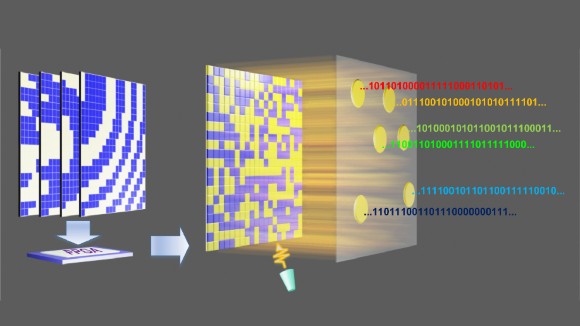 Tie Jun Cui received the B.Sc., M.Sc., and Ph.D. degrees in electrical engineering from Xidian University, Xi’an, China, in 1987, 1990, and 1993, respectively. In March 1993, he joined the Department of Electromagnetic Engineering, Xidian University, and was promoted to an Associate Professor in November 1993. From 1995 to 1997 he was a Research Fellow with the Institut fur Hochstfrequenztechnik und Elektronik (IHE) at the University of Karlsruhe, Germany. In July 1997, he joined the Center for Computational Electromagnetics, Department of Electrical and Computer Engineering, University of Illinois at Urbana-Champaign, first as a Postdoctoral Research Associate and then a Research Scientist. In September 2001, he became a Cheung-Kong Professor with the Department of Radio Engineering, Southeast University, Nanjing, China. Currently, he is a Chief Professor of Southeast University.
Tie Jun Cui received the B.Sc., M.Sc., and Ph.D. degrees in electrical engineering from Xidian University, Xi’an, China, in 1987, 1990, and 1993, respectively. In March 1993, he joined the Department of Electromagnetic Engineering, Xidian University, and was promoted to an Associate Professor in November 1993. From 1995 to 1997 he was a Research Fellow with the Institut fur Hochstfrequenztechnik und Elektronik (IHE) at the University of Karlsruhe, Germany. In July 1997, he joined the Center for Computational Electromagnetics, Department of Electrical and Computer Engineering, University of Illinois at Urbana-Champaign, first as a Postdoctoral Research Associate and then a Research Scientist. In September 2001, he became a Cheung-Kong Professor with the Department of Radio Engineering, Southeast University, Nanjing, China. Currently, he is a Chief Professor of Southeast University.
Dr. Cui is one of the first in China to study metamaterials. He was the leader of Major Project of National Natural Science Foundation of China on metamaterials, and now is the leader of National Key Research and Development Program of China on metamaterials. He proposed the concepts of coding metamaterials, digital metamaterials, and programmable metamaterials in 2014, based on which he set up a new area of information metamaterials to link the physical world and the digital world. Working together with his team members, he realized the on-site and real-time microwave imager, intelligent microwave camera, and new-architecture wireless communication system using the information metamaterials. Dr. Cui received the National Natural Science Awards of China (second class), in 2014 and 2018, respectively. He is an IEEE Fellow.

